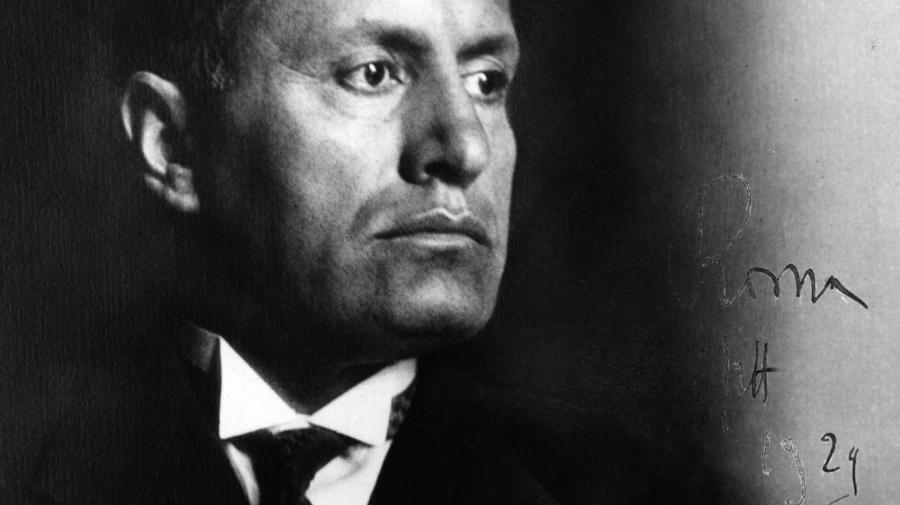What Are the Characteristics of a Totalitarian Government?

Giving the central government control supreme authority, restricting individual rights and freedoms, and ruling through single-party systems are primary characteristics of totalitarian styles of government. Totalitarian governments emphasize state control, and seek to regulate all aspects of civilian life through government measures. The term “totalitarian” derives from the Italian word “totalitario,” coined by Italian leader Benito Mussolini to describe the fascist system of control embodied by Italy in the 1920s.
Totalitarianism emerged in Europe around 1920, and spread throughout the continent in later years. By World War II, it emerged as a popular type of governance among conservative nations seeking to promote state power and reduce the power of civilians. Totalitarian governments establish rigid rules and regulations for citizens, and may use scare tactics and coercion to ensure compliance with state laws.
Totalitarian governments control all aspects of daily life by making education, banking and other key services fall under the control of the central government. Totalitarian systems arose in ancient China and India, but did not remain in place for long. The oppressive and restrictive nature of totalitarian systems typically makes them viewed unfavorably by citizens. In a rare exception, however, the people of Germany and the Soviet Union supported a centralized, totalitarian style of governance through the elections of Adolf Hitler and Joseph Stalin, respectively.





